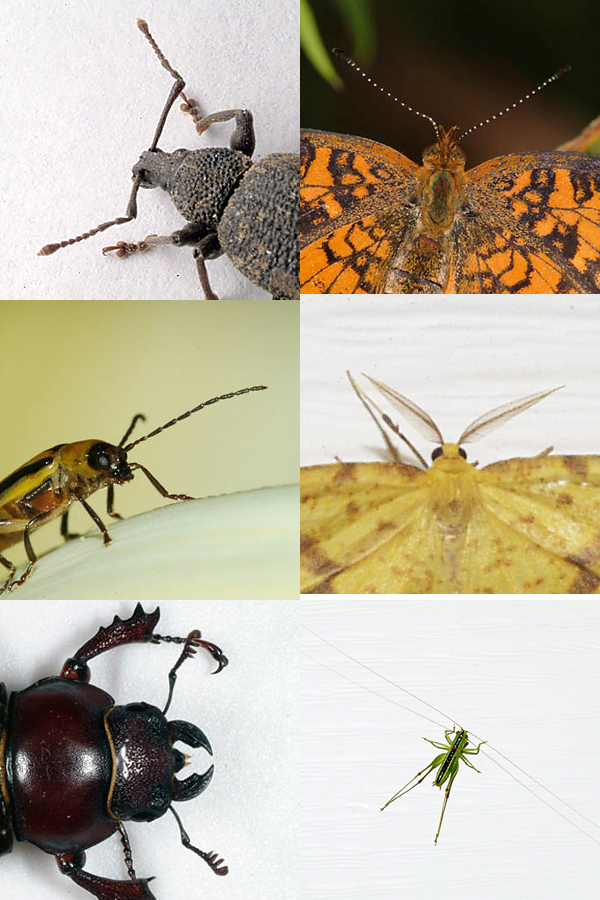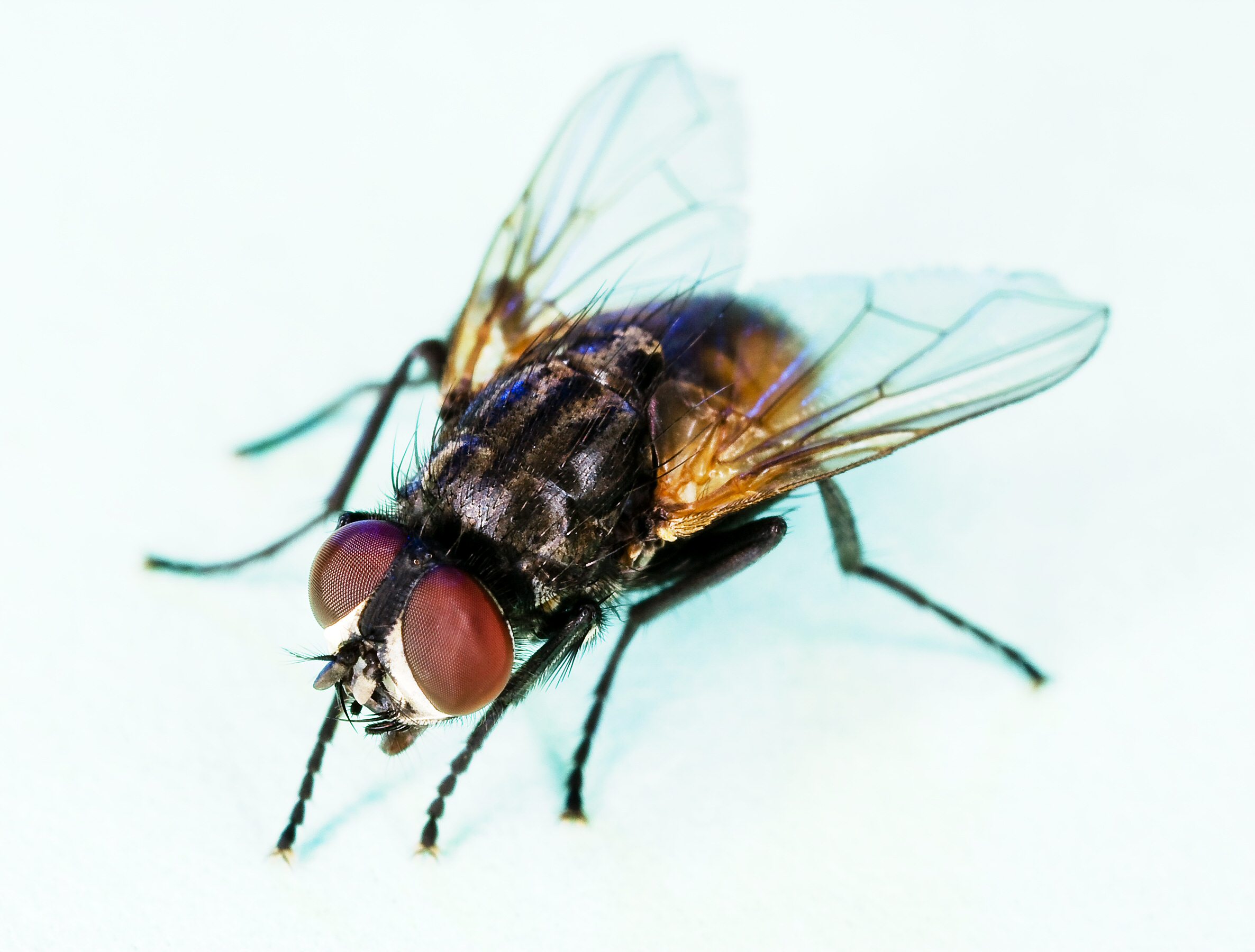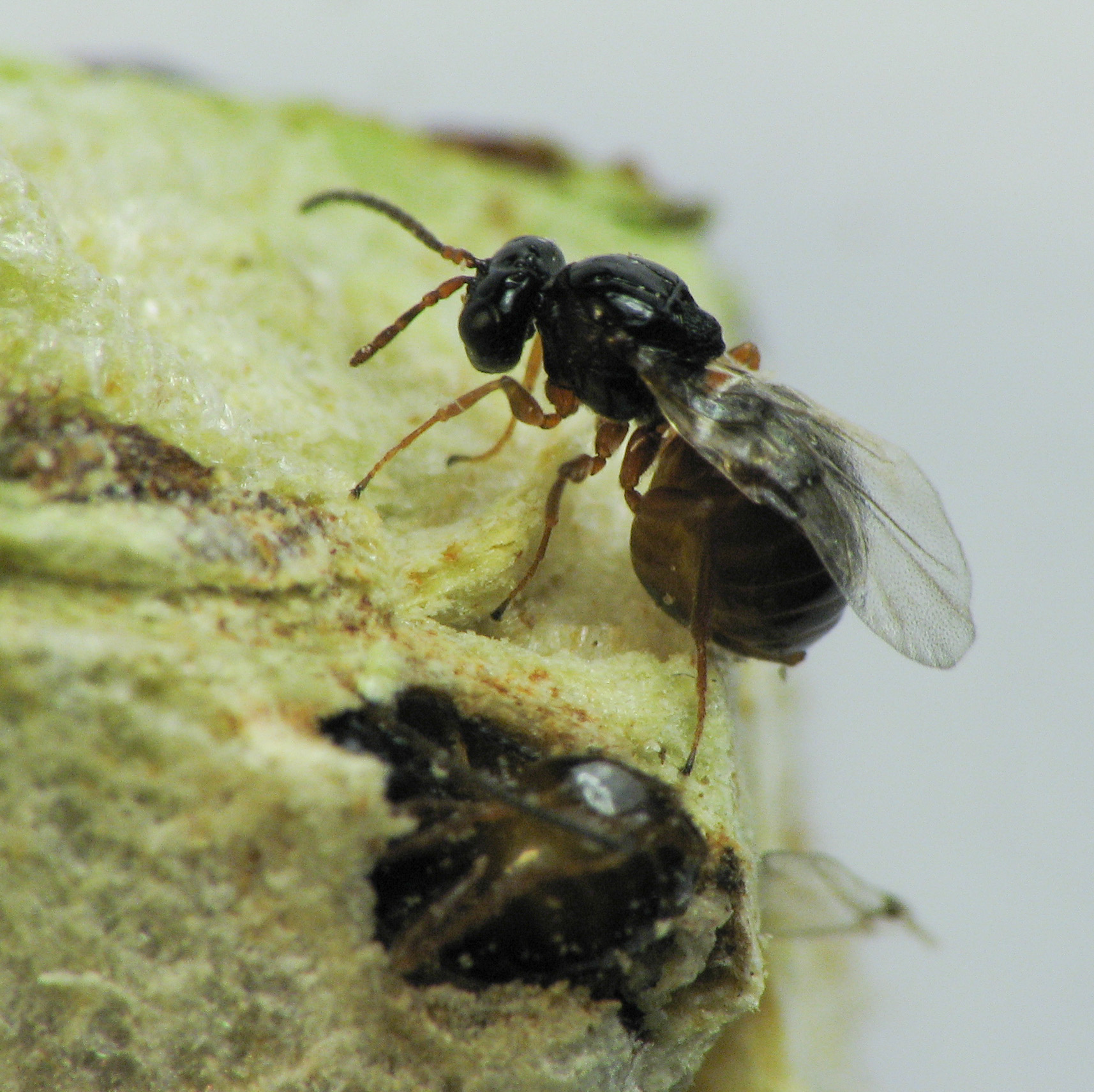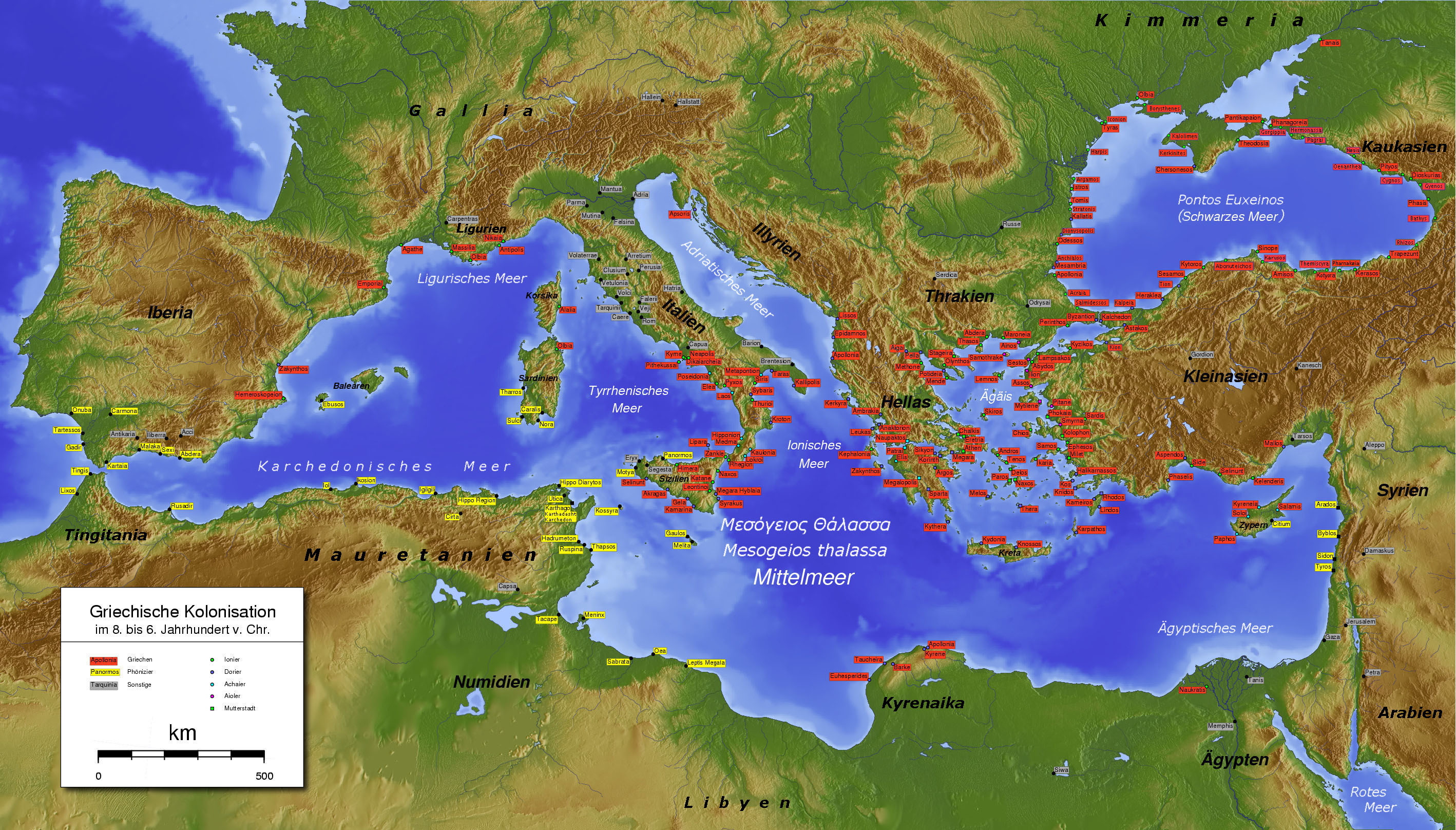|
Andricus Curvator
''Andricus curvator'' is a gall wasp which forms chemically induced leaf galls on oak trees and has both agamic and sexual generations. Agamic and sexual generations usually form two distinct galls on oak trees, but in the case of ''A. curvator'' there are six galls; the sexual generation usually on the leaf, occasionally in a twig or catkin, and the agamic generation in a bud. The wasp was first described by Theodor Hartig, a German biologist, in 1840 and is found in most of Europe. Life cycle Adult gall wasps emerge in the spring, from galls formed on the bud the previous year. The spring generation lay eggs usually on a leaf, occasionally on a twig or on catkins and the leaf galls appear soon after the leaves emerge. They are approximately 8 mm, roughly globular and have thin walls with a small inner gall. They often coalesce and can clustered near the leaf base where they can cause distortion. Galls on a twig cause the twig to bend and it can also occur at the tip. These ... [...More Info...] [...Related Items...] OR: [Wikipedia] [Google] [Baidu] |
Theodor Hartig
Theodor Hartig (21 February 1805 – 26 March 1880) was a German forestry biologist and botanist. Biography Hartig was born in Dillenburg. He was educated in Berlin (1824–1827), and was successively lecturer and professor of forestry at the University of Berlin (1831–1838) and at the Carolinum, Braunschweig. Hartig was the first to discover and name the sieve tube element cells (as ''Siebfasern'' - sieve fibres and ''Siebröhren'' - sieve tubes) in 1837. His zoologist author abbreviation is Hartig. He described many gall wasp species. In 1842, Theodor Hartig described what is now known as the Hartig net, a network of fungal hyphae that penetrate feeder roots and surround epidermal cells. The Hartig net is part of the structure of ectomycorrizae, mutualistic symbioses between fungi and plant roots. He died in Braunschweig. Works *1836 Forstliches und forstnaturwissenschaftliches Conversations-Lexicon. Georg Ludwig Hartig and Theodor Hartig*1840. Über die Familie der Gal ... [...More Info...] [...Related Items...] OR: [Wikipedia] [Google] [Baidu] |
Andricus Curvator 3306M
''Andricus'' is a genus of oak gall wasps in the family Cynipidae. Life cycle As in all Hymenoptera, sex-determination in species of the genus ''Andricus'' is governed by haplodiploidy: males develop from unfertilized eggs and are haploid, and females develop from fertilized eggs and are diploid. Many species in the genus alternate between an asexual generation and a sexual generation. Species The taxonomy of the genus ''Andricus'' is uncertain, with many of the approximately 375 species considered dubious. The following species are currently recognised in the genus ''Andricus'': * '' Andricus aciculatus'' Beutenmuller, 1909 * ''Andricus ahmeti'' Melika, Mutun & Dinç, 2014 * ''Andricus albicomus'' Weld, 1952 * ''Andricus albipes'' Hartig, 1840 * '' Andricus albobalani'' Weld, 1926 * ''Andricus alniensis'' Folliot, 1964 * ''Andricus amblycerus'' (Giraud, 1859) * ''Andricus amenti'' Giraud, 1859 * ''Andricus amphorus'' (Weld, 1926) * ''Andricus analis'' (Fonscolombe, 1832) * ... [...More Info...] [...Related Items...] OR: [Wikipedia] [Google] [Baidu] |
Insects Described In 1840
Insects (from Latin ') are pancrustacean hexapod invertebrates of the class Insecta. They are the largest group within the arthropod phylum. Insects have a chitinous exoskeleton, a three-part body (head, thorax and abdomen), three pairs of jointed legs, compound eyes and one pair of antennae. Their blood is not totally contained in vessels; some circulates in an open cavity known as the haemocoel. Insects are the most diverse group of animals; they include more than a million described species and represent more than half of all known living organisms. The total number of extant species is estimated at between six and ten million; In: potentially over 90% of the animal life forms on Earth are insects. Insects may be found in nearly all environments, although only a small number of species reside in the oceans, which are dominated by another arthropod group, crustaceans, which recent research has indicated insects are nested within. Nearly all insects hatch from eggs. Insect ... [...More Info...] [...Related Items...] OR: [Wikipedia] [Google] [Baidu] |
Hymenoptera Of Europe
Hymenoptera is a large order of insects, comprising the sawflies, wasps, bees, and ants. Over 150,000 living species of Hymenoptera have been described, in addition to over 2,000 extinct ones. Many of the species are parasitic. Females typically have a special ovipositor for inserting eggs into hosts or places that are otherwise inaccessible. This ovipositor is often modified into a stinger. The young develop through holometabolism (complete metamorphosis)—that is, they have a wormlike larval stage and an inactive pupal stage before they mature. Etymology The name Hymenoptera refers to the wings of the insects, but the original derivation is ambiguous. All references agree that the derivation involves the Ancient Greek πτερόν (''pteron'') for wing. The Ancient Greek ὑμήν (''hymen'') for membrane provides a plausible etymology for the term because species in this order have membranous wings. However, a key characteristic of this order is that the hindwings ... [...More Info...] [...Related Items...] OR: [Wikipedia] [Google] [Baidu] |
Cynipidae
Gall wasps, also incorrectly called gallflies, are hymenopterans of the family Cynipidae in the wasp superfamily Cynipoidea. Their common name comes from the galls they induce on plants for larval development. About 1,300 species of this generally very small creature (1–8 mm) are known worldwide, with about 360 species of 36 different genera in Europe and some 800 species in North America. Features Like all Apocrita, gall wasps have a distinctive body shape, the so-called wasp waist. The first abdominal tergum (the propodeum) is conjoined with the thorax, while the second abdominal segment forms a sort of shaft, the petiole. The petiole connects with the gaster, which is the functional abdomen in apocritan wasps, starting with the third abdominal segment proper. Together, the petiole and the gaster form the metasoma, while the thorax and the propodeum make up the mesosoma. The antennae are straight and consist of two or three segments. In many varieties, the bac ... [...More Info...] [...Related Items...] OR: [Wikipedia] [Google] [Baidu] |
Mediterranean Sea
The Mediterranean Sea is a sea connected to the Atlantic Ocean, surrounded by the Mediterranean Basin and almost completely enclosed by land: on the north by Western and Southern Europe and Anatolia, on the south by North Africa, and on the east by the Levant. The Sea has played a central role in the history of Western civilization. Geological evidence indicates that around 5.9 million years ago, the Mediterranean was cut off from the Atlantic and was partly or completely desiccated over a period of some 600,000 years during the Messinian salinity crisis before being refilled by the Zanclean flood about 5.3 million years ago. The Mediterranean Sea covers an area of about , representing 0.7% of the global ocean surface, but its connection to the Atlantic via the Strait of Gibraltar—the narrow strait that connects the Atlantic Ocean to the Mediterranean Sea and separates the Iberian Peninsula in Europe from Morocco in Africa—is only wide. The Mediterranean ... [...More Info...] [...Related Items...] OR: [Wikipedia] [Google] [Baidu] |
Fennoscandia
__NOTOC__ Fennoscandia ( Finnish, Swedish and no, Fennoskandia, nocat=1; russian: Фенноскандия, Fennoskandiya) or the Fennoscandian Peninsula is the geographical peninsula in Europe, which includes the Scandinavian and Kola peninsulas, mainland Finland, and Karelia. Administratively this roughly encompasses the mainlands of Finland, Norway and Sweden, as well as Murmansk Oblast, much of the Republic of Karelia, and parts of northern Leningrad Oblast in Russia. Its name comes from the Latin words ''Fennia'' (Finland) and ''Scandia'' (Scandinavian). The term was first used by the Finnish geologist Wilhelm Ramsay in 1898. Geologically, the area is distinct because its bedrock is Archean granite and gneiss with very little limestone Limestone ( calcium carbonate ) is a type of carbonate sedimentary rock which is the main source of the material lime. It is composed mostly of the minerals calcite and aragonite, which are different crystal forms of . Lime ... [...More Info...] [...Related Items...] OR: [Wikipedia] [Google] [Baidu] |
Ukraine
Ukraine ( uk, Україна, Ukraïna, ) is a country in Eastern Europe. It is the second-largest European country after Russia, which it borders to the east and northeast. Ukraine covers approximately . Prior to the ongoing Russian invasion, it was the eighth-most populous country in Europe, with a population of around 41 million people. It is also bordered by Belarus to the north; by Poland, Slovakia, and Hungary to the west; and by Romania and Moldova to the southwest; with a coastline along the Black Sea and the Sea of Azov to the south and southeast. Kyiv is the nation's capital and largest city. Ukraine's state language is Ukrainian; Russian is also widely spoken, especially in the east and south. During the Middle Ages, Ukraine was the site of early Slavic expansion and the area later became a key centre of East Slavic culture under the state of Kievan Rus', which emerged in the 9th century. The state eventually disintegrated into rival regional powers and ... [...More Info...] [...Related Items...] OR: [Wikipedia] [Google] [Baidu] |
Ireland
Ireland ( ; ga, Éire ; Ulster Scots dialect, Ulster-Scots: ) is an island in the Atlantic Ocean, North Atlantic Ocean, in Northwestern Europe, north-western Europe. It is separated from Great Britain to its east by the North Channel (Great Britain and Ireland), North Channel, the Irish Sea, and St George's Channel. Ireland is the List of islands of the British Isles, second-largest island of the British Isles, the List of European islands by area, third-largest in Europe, and the List of islands by area, twentieth-largest on Earth. Geopolitically, Ireland is divided between the Republic of Ireland (officially Names of the Irish state, named Ireland), which covers five-sixths of the island, and Northern Ireland, which is part of the United Kingdom. As of 2022, the Irish population analysis, population of the entire island is just over 7 million, with 5.1 million living in the Republic of Ireland and 1.9 million in Northern Ireland, ranking it the List of European islan ... [...More Info...] [...Related Items...] OR: [Wikipedia] [Google] [Baidu] |
Andricus Curvator Gall On A Twig
''Andricus'' is a genus of oak gall wasps in the family Cynipidae. Life cycle As in all Hymenoptera, sex-determination in species of the genus ''Andricus'' is governed by haplodiploidy: males develop from unfertilized eggs and are haploid, and females develop from fertilized eggs and are diploid. Many species in the genus alternate between an asexual generation and a sexual generation. Species The taxonomy of the genus ''Andricus'' is uncertain, with many of the approximately 375 species considered dubious. The following species are currently recognised in the genus ''Andricus'': * '' Andricus aciculatus'' Beutenmuller, 1909 * ''Andricus ahmeti'' Melika, Mutun & Dinç, 2014 * ''Andricus albicomus'' Weld, 1952 * ''Andricus albipes'' Hartig, 1840 * '' Andricus albobalani'' Weld, 1926 * ''Andricus alniensis'' Folliot, 1964 * ''Andricus amblycerus'' (Giraud, 1859) * ''Andricus amenti'' Giraud, 1859 * ''Andricus amphorus'' (Weld, 1926) * ''Andricus analis'' (Fonscolombe, 1832) * ... [...More Info...] [...Related Items...] OR: [Wikipedia] [Google] [Baidu] |





